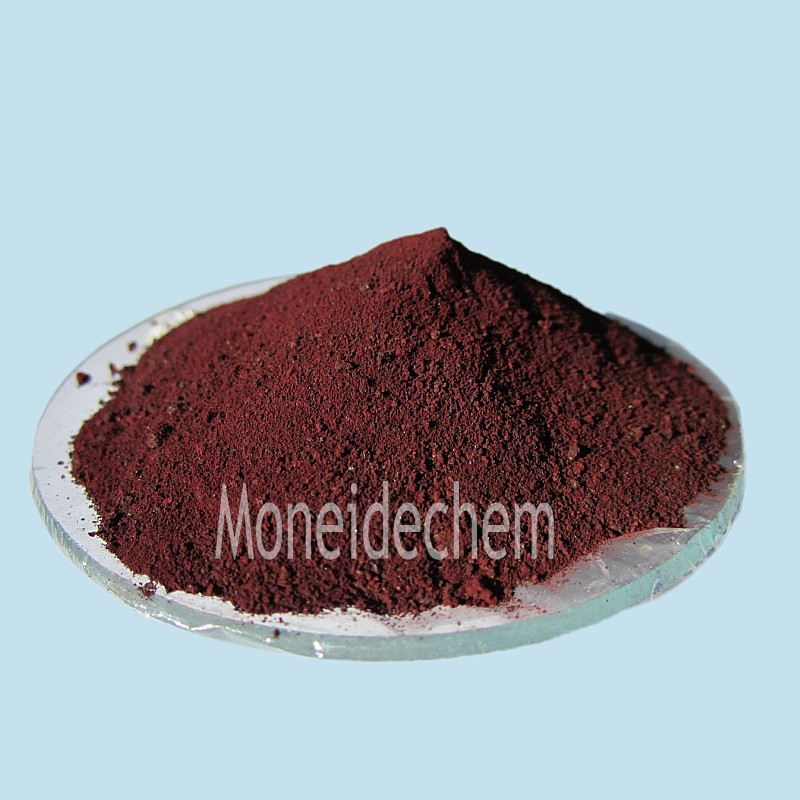Moneide Chemicals
Tel: 86-315-8309571
WhatsApp/WeChat/Mobile: 0086-15633399667
Skype: janet-eerlik
Adres: 2-7-523 Jidong Building Materials Tangshan, Hebei 064000 China
|
Chemiese naam |
S duiker |
|
CAS No. |
6226-79-5 |
|
Molekulêre formule |
C22H12N4Dit4O13S4 |
|
EINECS No. |
228-319-2 |
|
Molekulêre gewig |
760.57 |
|
Molekulêre struktuur |
|
|
Besonderhede |
Appearance: Brown powder Color (solve in water): Red Color (solve in concentrated Sulfuric acid): Blue Biological dyeing test: pass test Package: 25kg/ fibre drum |
|
Hooftoepassing |
Used as biological stain. |
What is Ponceau S?
Ponceau S is an acidic, sulfonated azo dye that produces vibrant red coloration in biological staining applications. As a water-soluble compound, it belongs to the Ponceau dye family and is structurally related to amaranth dye. Its molecular design features multiple sulfonate groups that enhance solubility and provide negative charges for electrostatic interactions. The dye appears as a dark red powder that forms clear, stable solutions in aqueous buffers. Its chemical properties allow reversible staining without permanent protein modification, making it particularly useful for temporary visualization of proteins in various analytical techniques.
What is Ponceau S used for?
Ponceau S is primarily employed as a reversible protein stain in western blotting and electrophoresis techniques. It temporarily visualizes protein bands on membranes or gels before immunodetection, allowing quality control of transfer efficiency. The dye also finds application in histological staining of connective tissues and as a food colorant in some regions. In protein biochemistry, it serves as a rapid assessment tool for protein concentration and distribution without interfering with subsequent antibody binding. Its temporary staining capability makes it ideal for protocols requiring downstream analysis of the same samples.
Ponceau S Advantage
The key advantage of Ponceau S lies in its reversible staining property, which permits subsequent immunodetection on the same membrane. Unlike many protein stains, it doesn't require fixation, preserving antigenicity for antibody probing. The dye offers rapid visualization (1-2 minutes) with high sensitivity to nanogram protein quantities. Its water-soluble nature allows easy removal with simple washes, and it's compatible with most downstream applications. These features, combined with low cost and simple protocol requirements, make it superior to many alternative protein visualization methods for routine laboratory work.






























